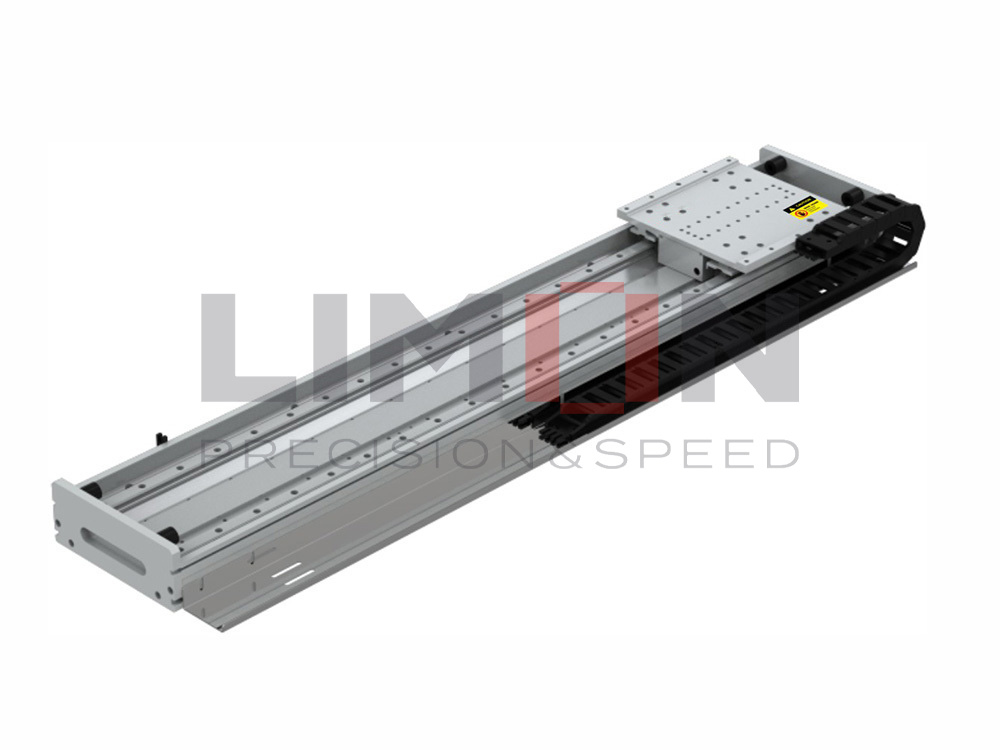Ball screws are indispensable in modern motion control systems, but as demands for quieter environments grow—especially in medical, cleanroom, and robotics applications—noise reduction in ball screws has become a key focus for engineers and OEMs alike. Let’s break down how this issue is being tackled through smart design, materials innovation, and advanced manufacturing.

Why Noise in Ball Screws Matters
Though prized for their high efficiency in converting rotary to linear motion, ball screws can generate significant noise, especially at high speeds. This noise is often a byproduct of:
Metal-to-metal contact between the balls and raceways
Vibration and resonance at higher operating speeds
Misalignment or surface irregularities
In environments like surgical robotics, diagnostic imaging, and cleanroom automation, this noise isn’t just annoying—it can affect performance, precision, and even regulatory compliance.
Key Applications Demanding Low-Noise Ball Screws
Reducing ball screw vibration and noise is mission-critical in industries such as:
Medical Equipment: Surgical robots, hospital beds, and diagnostic devices require ultra-quiet operation to ensure patient comfort and precise control.
Clean Room Automation: In semiconductor manufacturing or pharmaceuticals, noise often correlates with unwanted vibration—posing risks to fragile components.
Robotics: Collaborative robots (cobots) and precision handling systems benefit from reduced acoustic signatures and improved smoothness.
Optical and Imaging Systems: Any noise-induced vibration can disrupt high-precision tasks like lens positioning or sensor calibration.
Design Innovations for Noise Reduction
To tackle the challenge of noise reduction in ball screw systems, manufacturers are leveraging the following design improvements:
Optimized Ball Geometry
Changing the diameter, contact angle, and number of balls in the nut reduces friction and impact noise during operation.
Precision Machining
Tighter manufacturing tolerances and smoother surface finishes minimize vibration and sound caused by irregular movement paths.
Special Nut Designs
Some manufacturers introduce helical groove dampers or compliant internal structures to absorb vibration at the nut-body interface.
Lubrication & Material Advancements
Advanced Lubrication Systems
Custom grease formulations and automatic lubricators help minimize dry contact, thereby dampening noise from friction.
Coatings & Composite Materials
New materials like polymer ball retainers, composite nuts, or vibration-damping coatings reduce resonance and acoustic emissions under dynamic loads.
The Future of Low-Noise Ball Screws
As noise-sensitive applications continue to grow, expect ball screw manufacturers to double down on:
Smart self-lubricating systems
Sensor-integrated nuts for vibration diagnostics
Hybrid ball screw designs blending metal and polymer materials
Final Thoughts
Noise reduction in ball screws isn’t just about creating a more pleasant acoustic environment—it’s about enhancing performance, precision, and lifespan. Whether you’re engineering the next-gen surgical robot or building ultra-quiet automation for a cleanroom, selecting or specifying a low-noise ball screw can be the edge your system needs.




